In the vibrant city of Mumbai, there lies a tapestry of contrasting worlds. Like a kaleidoscope, Mumbai dazzles with its soaring skyscrapers and sprawling slums, its bustling streets and tranquil corners.
In this captivating article, we invite you to join us on a journey through the lesser-known side of Mumbai. Prepare to be enthralled as we explore the Dharavi Slum, where resilience and the spirit of entrepreneurship flourish amidst challenging circumstances.
Witness the spectacle of DhobiGhat, where clothes are washed and dried in the open air on an astonishing scale. And don’t miss the iconic Gateway of India, a historical monument that stands as a symbol of Mumbai’s rich heritage.
Lastly, experience the unique efficiency of the Dabbawallas, the lunchbox delivery heroes of the city. Let us take you on an immersive adventure through the heart of Mumbai, where hidden marvels await.
Good To Know
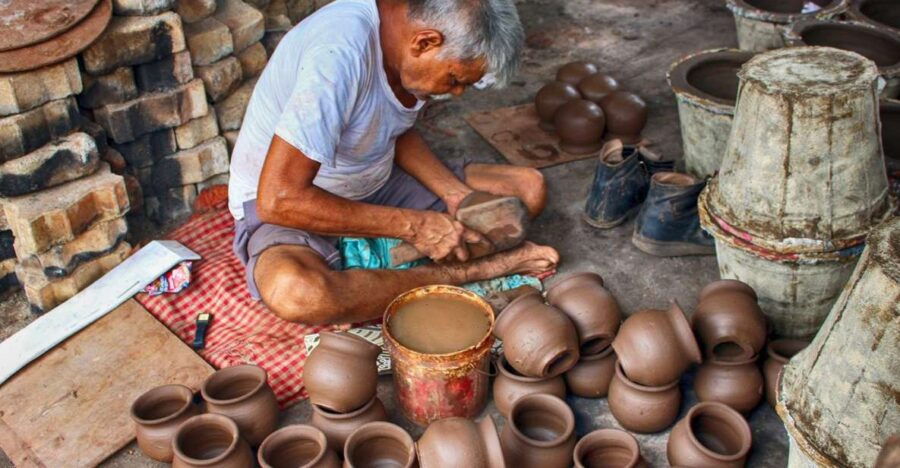
- Free cancellation available up to 24 hours in advance for a full refund
- Duration of the activity is 4 – 4.5 hours
- Reserve now and pay later to keep your travel plans flexible
- Explore the multi-cultural city of Mumbai on a guided tour, visiting iconic landmarks like the Gateway of India and experiencing the Dharavi Slum and Dhobighat
Exploring the Iconic Gateway of India
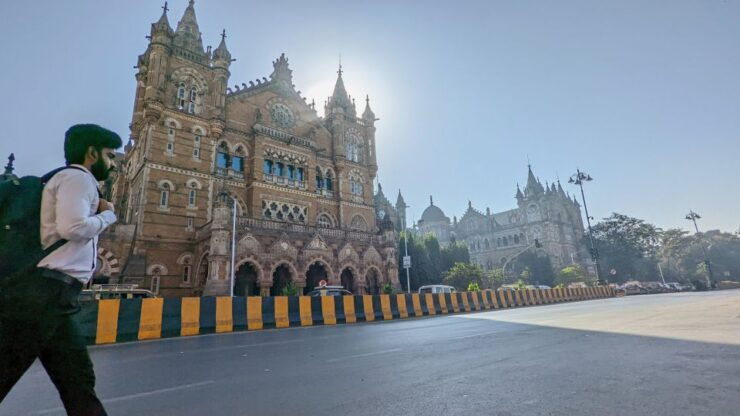
The iconic Gateway of India attracts visitors from around the world with its historical significance and architectural grandeur. Standing tall in the bustling city of Mumbai, this magnificent arch monument holds a prominent place in India’s history.
Built in the early 20th century to commemorate the visit of King George V and Queen Mary, the Gateway of India serves as a symbol of India’s colonial past and its subsequent independence. The architecture of the Gateway of India is a blend of Indo-Saracenic and Muslim styles, with intricate carvings and ornate detailing that showcase the skilled craftsmanship of the time.
Its majestic presence against the backdrop of the Arabian Sea makes it a popular tourist destination, offering a glimpse into the rich historical background and architectural heritage of Mumbai.
Find more activities and experiences we've covered in Mumbai.
Taking in the Vibrant Dharavi Slum
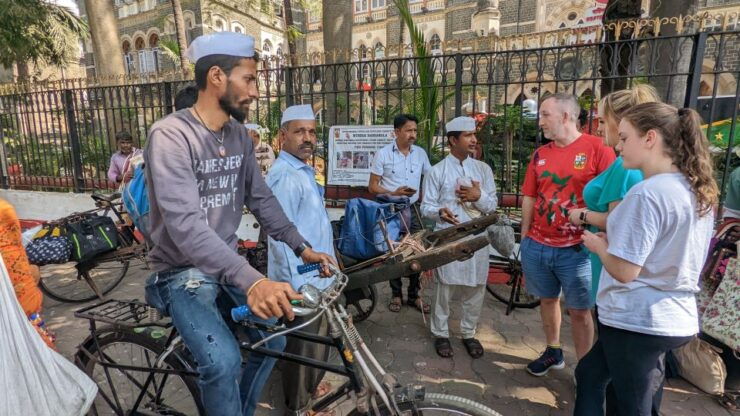
Visitors to Mumbai can enjoy the vibrant Dharavi Slum by exploring its bustling streets and engaging with the local community. Here are four key aspects of life in Dharavi and its social impact:
1) Community Spirit: Dharavi is known for its strong sense of community. Residents work together to overcome challenges and support one another. This spirit is evident in the numerous small businesses and cottage industries that thrive in the slum.
2) Economic Powerhouse: Despite its impoverished conditions, Dharavi is a major economic hub. It’s home to a variety of industries, including pottery, leatherwork, and recycling. These businesses provide employment opportunities and contribute to the local economy.
3) Resourcefulness and Innovation: Dharavi residents are known for their resourcefulness and ability to create something out of nothing. They transform waste materials into useful products, showcasing their ingenuity and creativity.
4) Positive Social Impact: Dharavi has a positive social impact by providing affordable housing for many low-income families. It also serves as a melting pot of different cultures and religions, fostering tolerance and diversity.
Tourists who visit Dharavi can gain a deeper understanding of these aspects and appreciate the resilience and strength of the community.
Witnessing the Fascinating DhobiGhat Open-Air Laundry
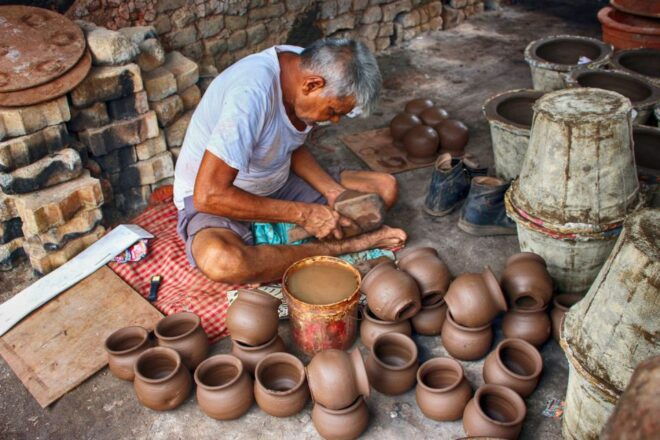
Witnessing the efficiency and scale of the DhobiGhat open-air laundry is a truly captivating experience. The DhobiGhat is one of the largest open-air laundries in the world, where clothes from all over Mumbai are washed and dried by the Dhobis, or washermen. This unique system of laundry has a significant social impact on the Dharavi slum community, providing employment opportunities for many residents.
To understand the social impact of the DhobiGhat open-air laundry, one must explore the challenges and opportunities in the Dharavi slum community. The table below provides a deeper insight into these aspects:
| Challenges | Opportunities |
|---|---|
| Overcrowding and lack of infrastructure | Employment for the Dhobis |
| Poor sanitation conditions | Skill development and training |
| Limited access to education and healthcare | Entrepreneurial opportunities |
| Poverty and income inequality | Community support and solidarity |
The DhobiGhat open-air laundry not only serves as a means of livelihood for the Dhobis but also contributes to the overall resilience and growth of the Dharavi community. It is a testament to their hard work, determination, and ability to find opportunities amidst challenges.
Experiencing the Unique Dabbawalla Lunchbox Delivery System
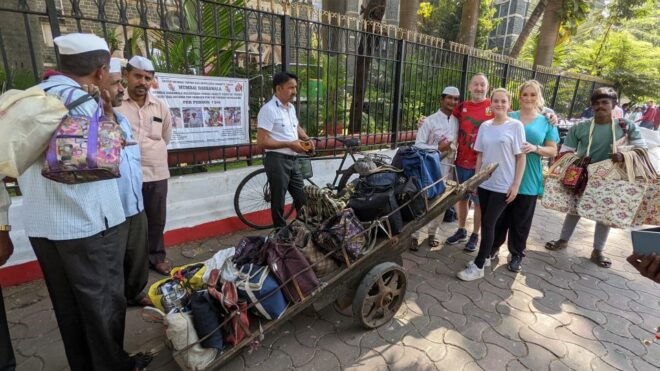
The Dabbawalla lunchbox delivery system in Mumbai is a unique and efficient method of delivering homemade lunches to office workers. The logistics of this system are fascinating and well-coordinated, ensuring that the lunches reach their destinations on time.
Here are four key aspects to understand about the Dabbawalla lunchbox delivery system:
Meticulous organization: The Dabbawallas have a meticulous organization system, with each lunchbox marked with a specific code that indicates the pickup and delivery points. This ensures that the lunchboxes are sorted correctly and reach the right people.
Teamwork and efficiency: The Dabbawallas work in teams, with each team member responsible for a specific area. They divide the work amongst themselves, ensuring that the lunchboxes are collected from homes, transported via bicycles or trains, and delivered to the respective offices efficiently.
Time management: The Dabbawallas are known for their punctuality. They’ve a remarkable ability to deliver thousands of lunchboxes within a short span of time, ensuring that the lunches reach the office workers during their lunch break.
Economic impact: The Dabbawalla industry plays a significant role in Mumbai’s local economy. It provides employment opportunities for thousands of people, including the Dabbawallas themselves, as well as those involved in the supply chain, such as the tiffin box manufacturers and delivery service providers.
The Dabbawalla lunchbox delivery system isn’t only an integral part of Mumbai’s culture but also a testament to the city’s efficiency and teamwork.
More Great Thing To Do NearbyDiscovering the Cultural Marvels of Mumbai
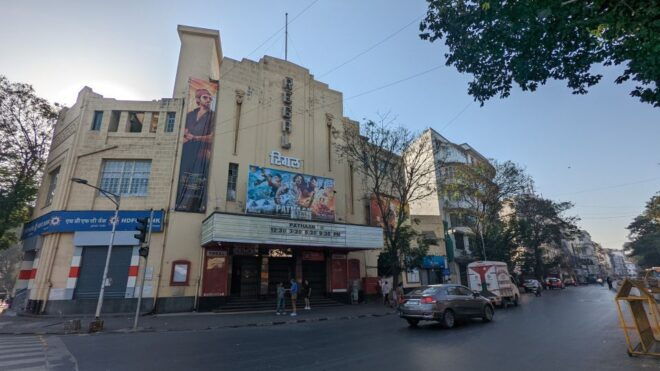
Mumbai’s cultural marvels captivate visitors with their rich heritage and diversity. Understanding Mumbai’s rich cultural heritage is an essential part of exploring this vibrant city.
From ancient temples and bustling markets to colonial-era architecture and contemporary art galleries, Mumbai offers a wide range of cultural experiences. Visitors can explore the city’s history by visiting landmarks like the Gateway of India and learning about its significance.
Plus, Mumbai’s local cuisine and street food scene is a delightful way to experience its culture. From mouth-watering street snacks like vada pav and pav bhaji to the aromatic flavors of Mumbai’s famous seafood dishes, the city’s culinary delights are sure to leave a lasting impression.
Exploring the local cuisine and street food scene in Mumbai is a must for any visitor looking to truly enjoy the city’s cultural tapestry.
- 5-Hour Private Mumbai Sightseeing Tour (Travellers Choice Award Winner)
- Elephanta Island Caves Tour & Village Tour
- Mumbai: Private Sightseeing Tour of Mumbai
- Mumbai: Dhobi Ghat Tour With Dharavi and Train Ride Options
- Dharavi Slumdog Millionire Tour-See the Real Slum by a Local
- Mumbai: Private Night Sightseeing Tour With Dinner
Common Questions
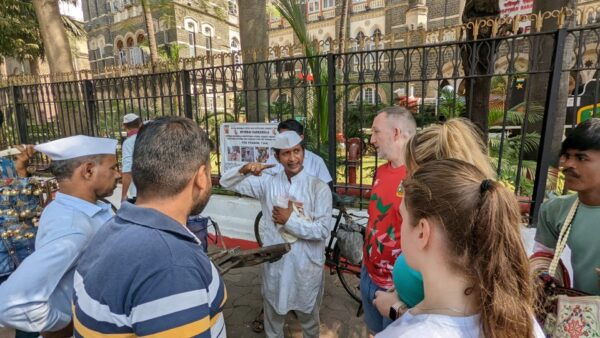
How Can I Book the Mumbai: Dharavi Slum, Dhobighat, Dabbawalla & India Gateway Tour?
To book the Mumbai: Dharavi Slum, DhobiGhat, Dabbawalla & India Gateway tour, simply check availability and reserve now. It’s a must-do experience for those interested in exploring the vibrant city and its fascinating cultural sites.
Is the Mumbai: Dharavi Slum, Dhobighat, Dabbawalla & India Gateway Tour Suitable for Children?
Yes, the Mumbai: Dharavi Slum, DhobiGhat, Dabbawalla & India Gateway tour is suitable for children. It offers a unique opportunity to explore the vibrant city and learn about its culture while accommodating the needs of young travelers.
Are There Any Restrictions or Dress Codes for Visiting the Dharavi Slum and Dhobighat?
There are no specific dress codes or restrictions for visiting Dharavi Slum and DhobiGhat. However, it is recommended to dress modestly and respectfully, keeping in mind the local culture and customs.
Can I Take Photographs During the Mumbai: Dharavi Slum, Dhobighat, Dabbawalla & India Gateway Tour?
Yes, participants can take photographs during the tour. The photography policy allows capturing the cultural significance of the places visited, such as the Dharavi Slum, Dhobighat, and the Dabbawallas, to document and share their unique experiences.
Are There Any Additional Fees or Expenses That I Should Be Aware of When Taking the Mumbai: Dharavi Slum, Dhobighat, Dabbawalla & India Gateway Tour?
There are no additional fees or expenses to be aware of when booking the Mumbai tour. The process is straightforward, allowing travelers to reserve now and pay later, ensuring flexibility in their travel plans.
The Sum Up
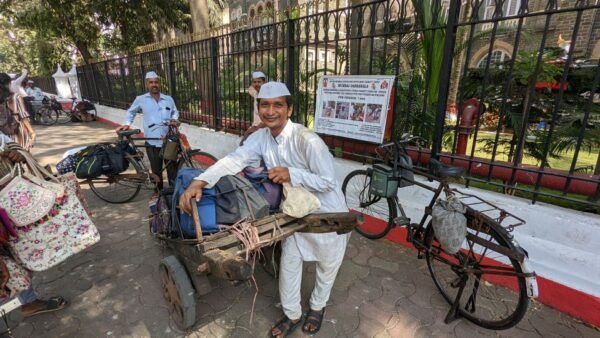
To sum it up, this guided tour of Mumbai offers a unique and eye-opening experience.
From the iconic Gateway of India to the bustling Dharavi Slum, you’ll witness the incredible resilience and cultural marvels of this vibrant city.
The visit to DhobiGhat and the chance to witness the efficient Dabbawalla lunchbox delivery system are also highlights of the tour.
Don’t miss the opportunity to discover the lesser-known side of Mumbai and learn about its captivating atmosphere.
You can check if your dates are available here:More Tour Reviews in Mumbai
Looking for something different? Other Mumbai activities we've written about
- 22 Best Workshops And Classes In Mumbai
- 23 Best Shopping Tours In Mumbai
- 10 Best Sailing Experiences In Mumbai
- 25 Best Tours In Mumbai
- 9 Best 3 Day Tours In Mumbai
- 25 Best Boat Tours And Cruises In Mumbai
- 20 Best Private Driver Services In Mumbai
- 20 Best Full-Day Tours In Mumbai
- 2 Best 3 Hour Tours and Experiences in Mumbai
- 8 Best Airport Transfers In Mumbai
- 13 Best 2 Day Tours In Mumbai
- 3 Best Drinking Tours In Mumbai
